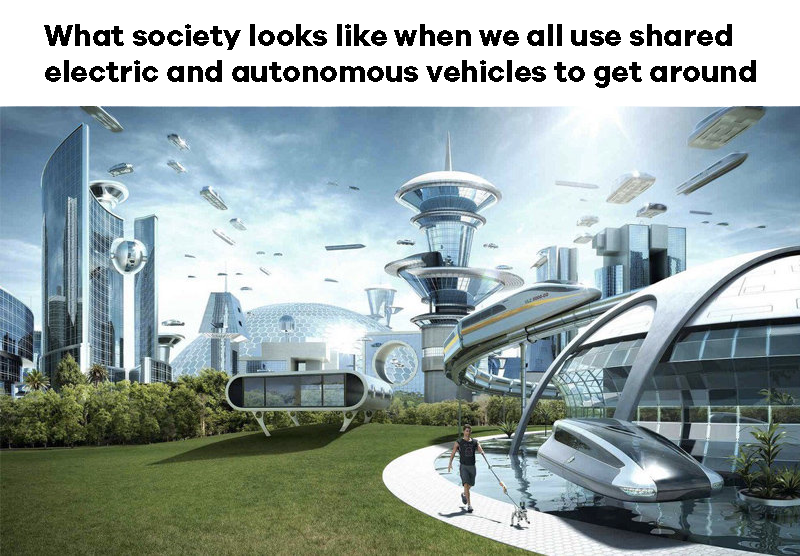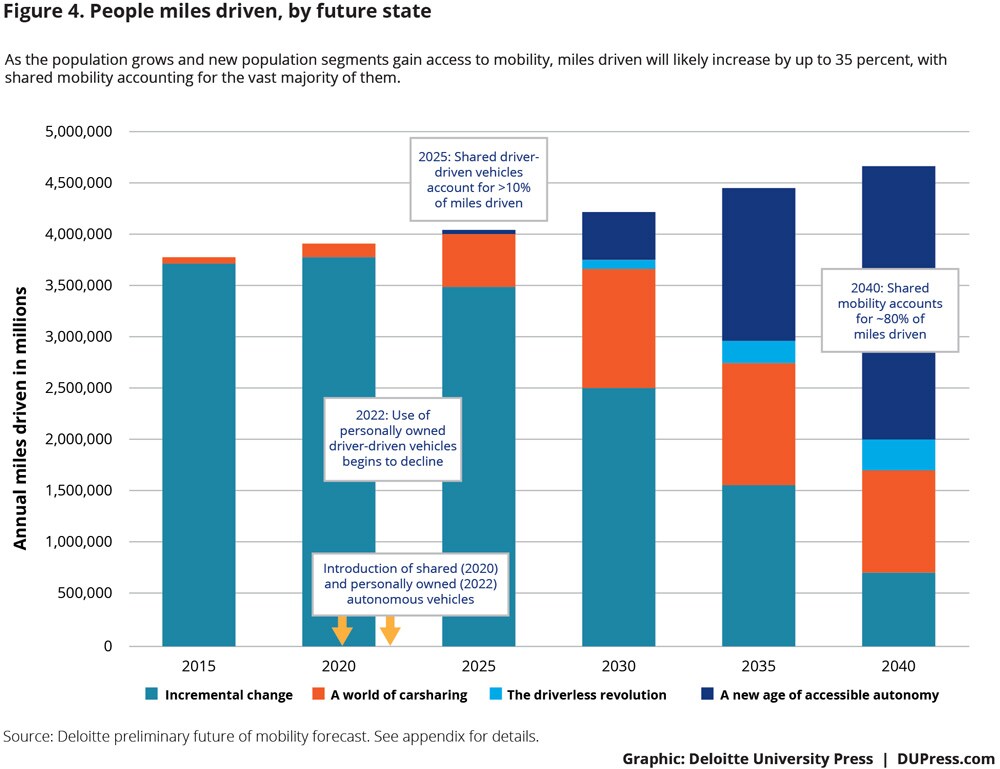Posted 6 Oct

So we’ve spent some time thinking about the health care infrastructure holding up this future Australia, but there’s a lot more to consider. How will we get around in our vision of the future? And what sort of role has sustainability assumed when we are experiencing the very real and very serious impacts of climate change every day?
As fewer people own personal vehicles and environmental concerns continue to grow, the future of transportation will look very different to how it does today. If shared and autonomous vehicles are adopted as quickly as other technologies (like smartphones or the Internet), it’s likely that significant change could begin within the next five years, and transform dramatically over the next 25 years. These changes in transportation would mean that adolescents, the elderly, or people with disabilities would be more mobile than before.

Owning a car is so inbuilt into the Australian way of life that it’s difficult to imagine it any other way. However, shared transport is likely to massively shape the way we move. Model shift is vital to these changes, viewing transport as a multi-modal experience (i.e. walking to transport stop, train to city, e-bike to work). Shared mobility has become increasingly mainstream over the last five years. Ride-share services have provided a new dynamic, and the advent of smartphones has made shared mobility more convenient than ever.
While Kai is waiting for a Hypertrain in Eucalara, it’s not likely that these hyper speed trains will make it to Australia in the future. Hyperloops are the first new form of transport in over 100 years, using electric propulsion and levitation to move at speeds up to 1,223km/h through low-pressure tubes. Carrying just 38 passengers per pod, hyperloops are extremely energy efficient and could provide direct services to destinations at a departure rate of more than once a minute.
If installed in Australia, these trains would see trips from Adelaide to Melbourne taking just 33 minutes. However, the whole system likely to cost upwards of $40 billion AUD so it’s not a sure thing on our horizon.
At the current rate of extraction, it’s estimated that Australia will have used up around half of its resources of black coal and two-thirds of its gas resources by 2050. As demand for energy will continue to grow, prices are likely to rise subject to the availability of these diminishing resources. This means that we are likely to head towards a ‘shock’ as we quickly head towards the depletion of these resources.
In the meantime, while electric powered vehicles hit the Australian market, the sales have been somewhat lacklustre. Globally, the electrification of private and public transport vehicles has steadily risen. Global sales of electric vehicles rose from 50,000 in 2011 to almost 450,000 in 2015. The shift has gained momentum in France and the UK, both countries indicating that they will be banning petrol and diesel engine vehicles by 2040. However, in Australia sales have stalled and only 219 electric vehicles were sold in Australia in 2016.
In the City of Adelaide there has been a big push to encourage the use of electric vehicle in the city. This plays into the current push by the council to reduce greenhouse gases and respond to the changing climate, as well as the push to become Carbon Neutral and achieve zero emissions by 2050 and the recent milestone of all of the council’s buildings using 100% renewable energy. Only time will tell if the Australian Government catches up.